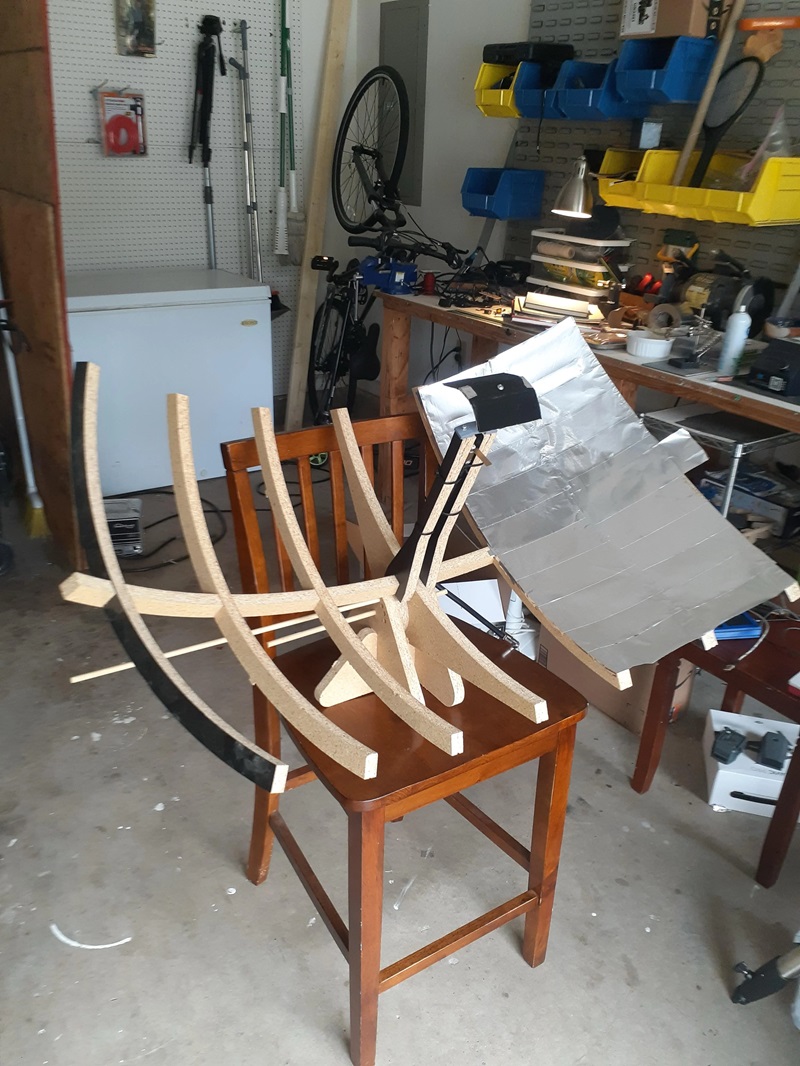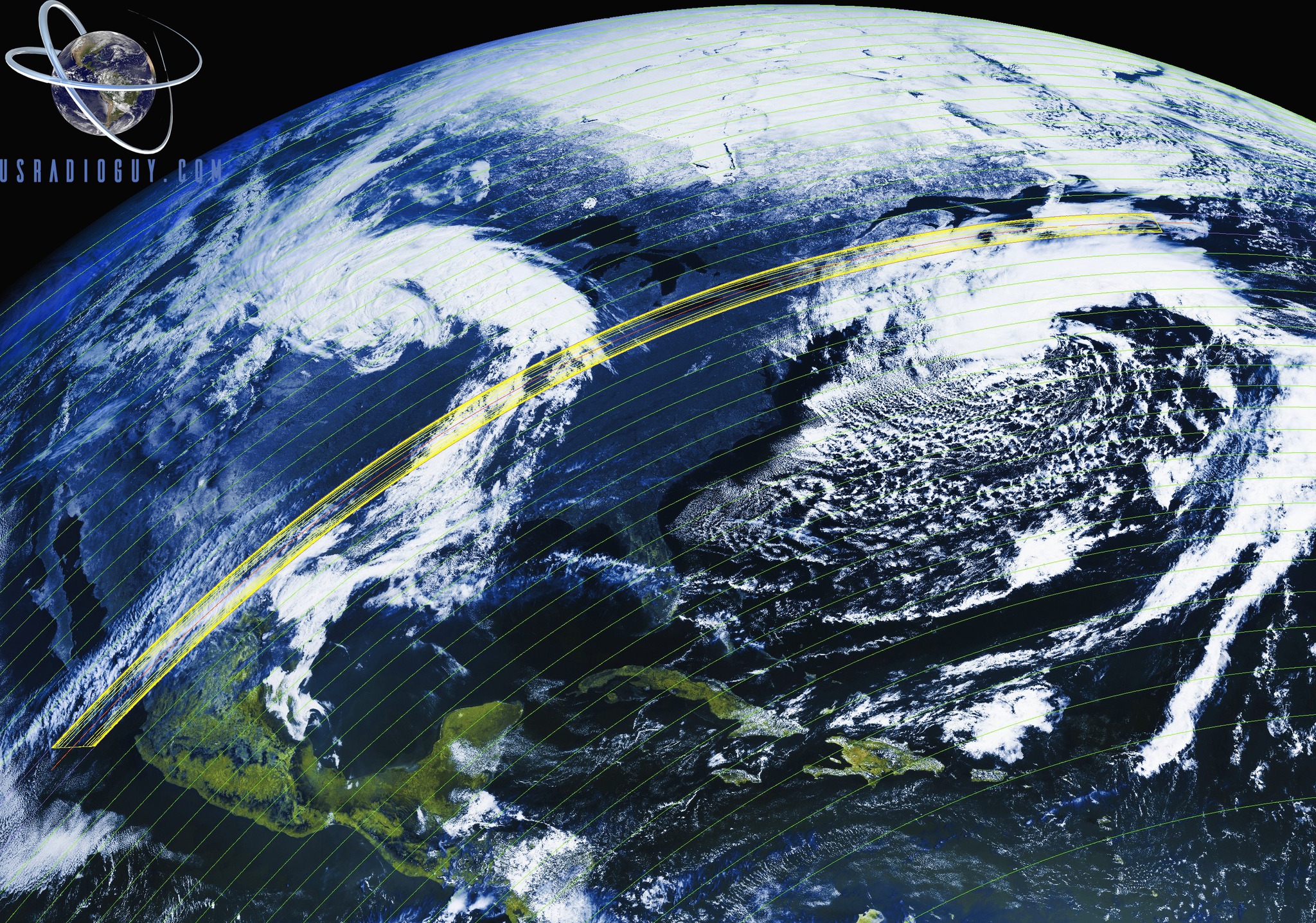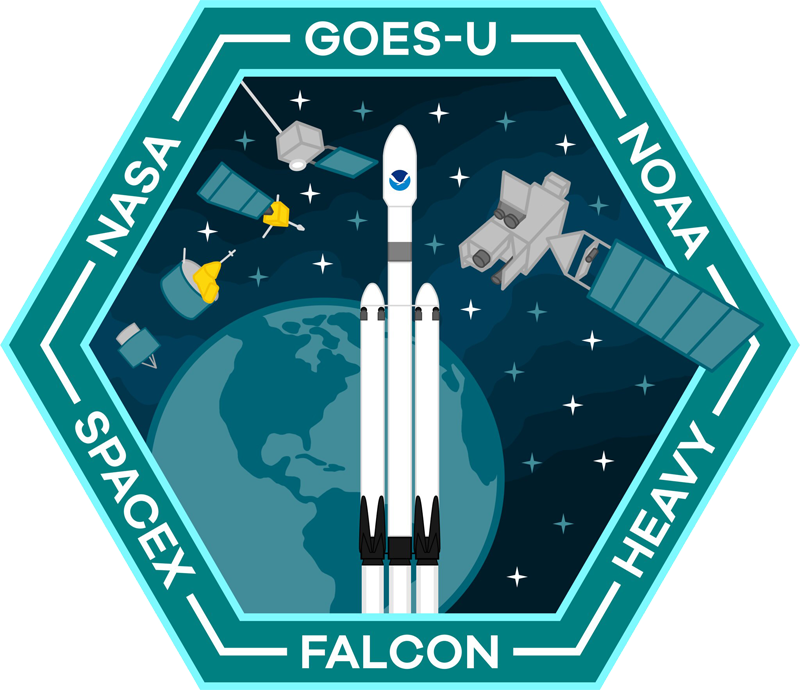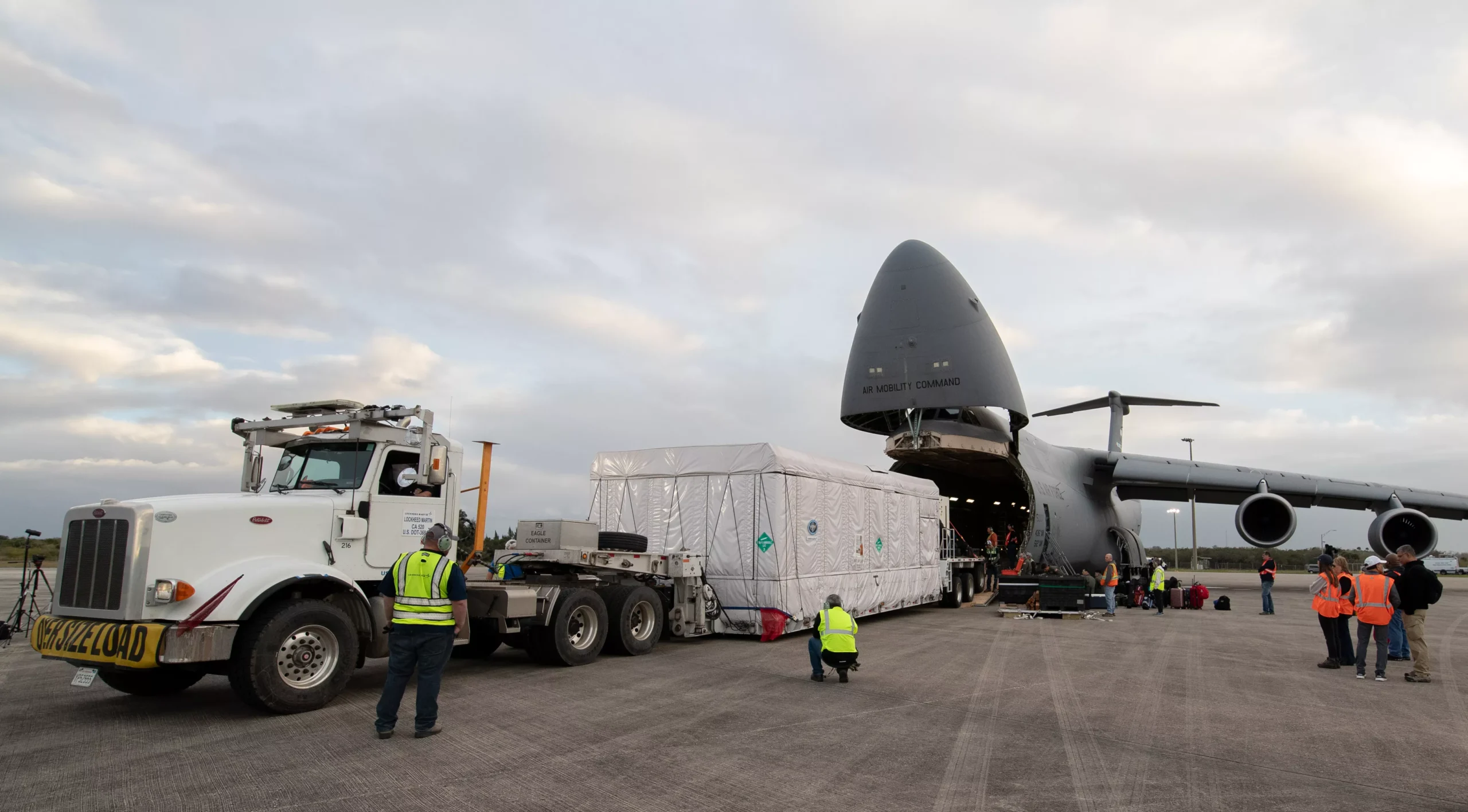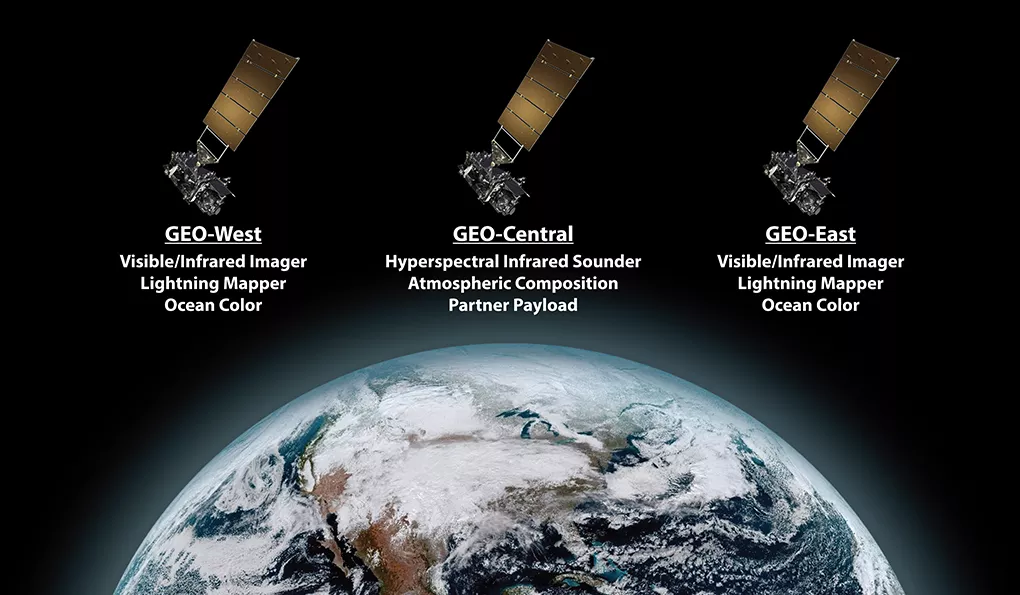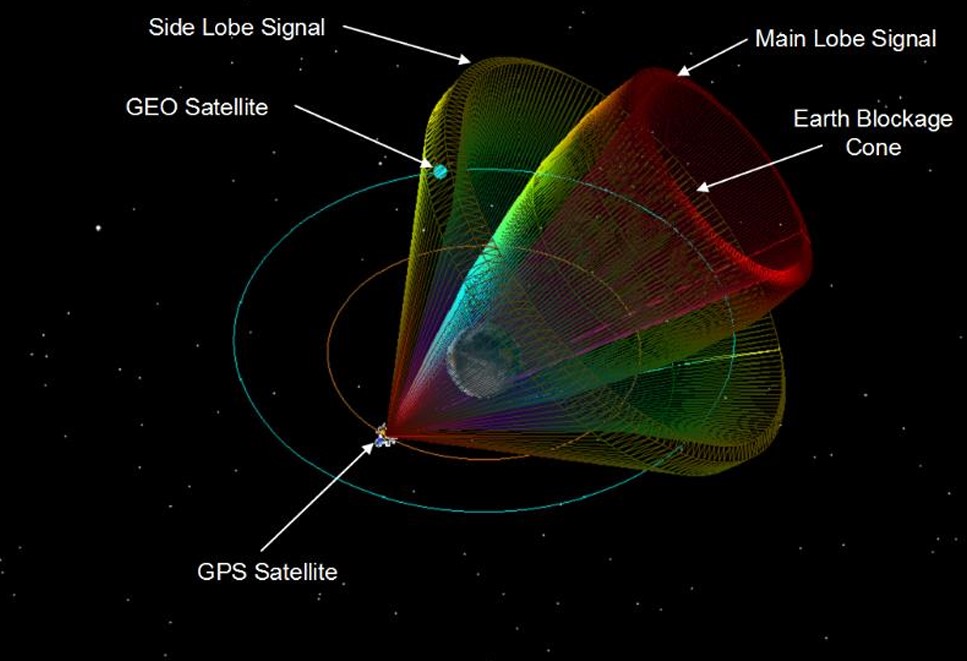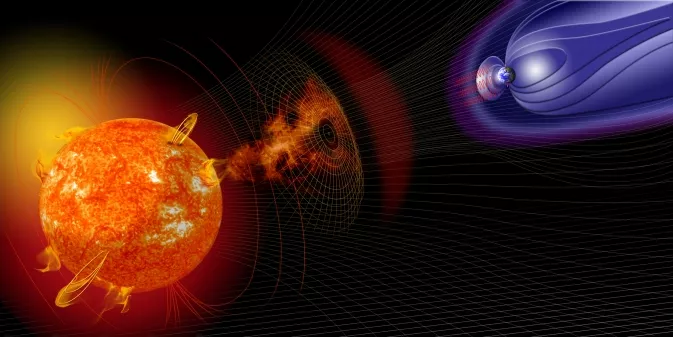A DIY GOES Parabolic Antenna (Rest in Pieces) This blog post chronicles a unique project undertaken for a recent manufacturing final by -MrNutter- Gabriel Nutter (gabenutter at gmail.com): building a parabolic antenna specifically designed to receive GOES weather satellite data. The creator, with no prior experience in this field, embraced a creative approach. While the […]
Read More